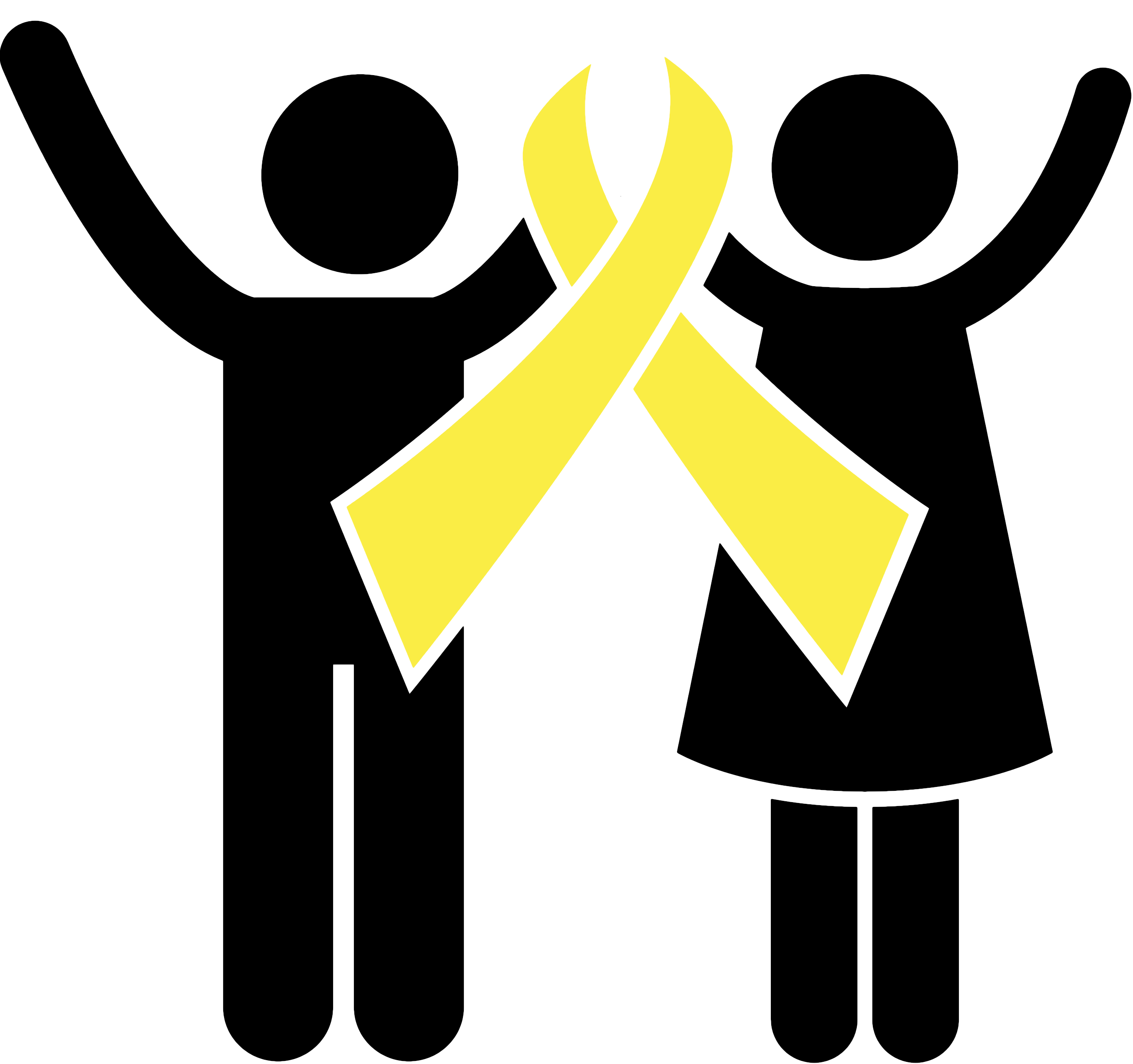What is radiotherapy?
Radiotherapy is a specialized form of treatment of mostly cancers and some non-cancerous diseases with the help of radiation (high-energy X-rays or Gamma rays). It is given by placing the radiation source either close to the patient- termed brachytherapy or by giving radiation from a distance, known as teletherapy.
The modality to be used depends on your disease stage, type, and other forms of treatments being used. Most of the time, it is teletherapy that is done. It is given by using a radiation machine called Cobalt 60 (that uses a radioactive source called Cobalt 60) or by using a linear accelerator (Linac).
When is radiotherapy given?
It can be given as the main treatment for some cancers like mouth, throat, voice box(larynx), stomach, anal canal, cervix, or prostate cancers or in combination with surgery and chemotherapy. The sequencing or order of radiation would depend on the patient’s disease type and stage. It may be given alone or with chemotherapy (oral tablets or injections) depending on the disease. Furthermore, radiotherapy may be given to cure the disease before or after surgery/ chemotherapy or to decrease symptoms caused by a disease that cannot be cured.
How is radiotherapy given?
Radiotherapy is conventionally given with the patient lying down on the couch of the machine (which is quite similar to the CT scan machine). The patient is immobilized using a thermoplastic mask or a similar device so that planned radiation is delivered accurately. There is a gantry or a head that moves around the patient and delivers radiation. The patient just has to lie down without moving on the machine couch. Radiation delivery is a painless process and the patient will not feel any hot or cold as well. Also, he/she will not see anything coming or touching their body.
How much time does it take to give radiotherapy?
It usually takes 5 to 25 minutes depending on the plan for the patient as prescribed by the doctor depending on the disease. It is done on a daily basis for 5 days a week (Saturday/ Sunday is off) and continues for 5-7 weeks depending on the doses planned, type, and surgery details.
The patient should not miss their radiotherapy sessions in between as it decreases the effect of radiation received and has a negative effect on the overall results of radiotherapy. Furthermore, the gap between radiation apart from Saturdays and Sundays also decreases the chances of controlling the disease.
Are there any side effects with radiotherapy?
Radiotherapy is a local treatment, which means it affects only the area that receives radiation. For example, if the head and neck area is being treated by radiation, the side effects would come in that area only and not in other parts of the body.
Side effects or radiation accompaniments with external radiation (Teletherapy)
Patients may have some generalized effects, such as nausea, vomiting, weakness, fatigue, and loss of appetite.
Radiation kills cancer cells and also some normal cells close to them. Therefore, it comes with some effects on normal organs or side effects as we call them. These would depend on the area being treated. These effects are temporary and are caused by swelling or oedema. They settle very well within 3-4 weeks after completion of treatment depending on the severity of the reactions.
The skin of the area
Radiation to any area would cause darkening of the skin of that area, loss of hair, and may cause redness or peeling of the skin. These reactions are more severe in areas having skin folds like the neck, armpit, under the breasts in females, groin, perianal area, and genitals.
Loss of hair may be temporary or permanent depending on the doses of radiation used. However, the other effects are transient and recover after radiotherapy is complete.
Brain/Head
Radiation to the head or brain causes loss of hair in that area, darkening of the skin, dryness, and may cause skin to peel slightly depending on the doses of radiation used. It can also cause headache, nausea, vomiting, or a deterioration in the symptoms of disease depending on the part of the brain treated. These symptoms mimic disease progression but are actually happening due to oedema (swelling) in the brain caused because of radiotherapy and can be managed very well with medicines.
Face and Neck
These include radiation to the face, mouth, and throat. Radiation to the area of the head and neck causes stickiness of saliva, dryness of the mouth (due to the effect on the salivary glands), change or loss of taste, ulcers in the mouth, tongue, or throat, pain in mouth and throat, difficulty in eating and swallowing food, and change in voice.
Chest
Radiation to the chest or breast (in females) may cause difficulty in swallowing and pain during swallowing, apart from the changes in the skin mentioned above.
Abdomen/Pelvis
Radiation to the abdomen causes nausea, vomiting, decreased appetite, burning in the chest or abdomen, and loose motions. It may cause increased frequency of urination or defecation and also burning while passing urine and pain on passing stools. These symptoms are due to the swelling of the stomach, intestines, urinary bladder, or rectum. Bleeding in urine or stools does not usually happen, however, you should consult your doctor if this happens.
Radiation to the ovaries as received during treatment for gynaecological cancers or cancers of the rectum may cause loss of fertility. You should discuss this with your doctor before starting radiation if you wish to plan your family as this effect is permanent and cannot be reversed after radiation. Also, radiation received to the testicles in males may cause loss of fertility and should be discussed with your doctor before starting radiation, if you have not completed your family. Options of sperm banking and oocyte (egg) preservation are available and should be done prior to starting radiotherapy. Furthermore, radiation may cause peeling of skin in the genital area and around the anus. These effects are temporary and the skin changes take 2-3 weeks to heal to normal after radiotherapy.
Extremity/limbs
Radiation to the limbs-arms, thighs, or legs causes swelling of the limb that is receiving radiation, apart from the darkening and redness of the skin. Furthermore, the patient may feel some stiffness in the movements of that area. However, these changes get back to normal in 2-3 weeks after radiotherapy completion. Patients should contact their doctor if there is tingling, numbness, loss of sensation, increased temperature in fingers/toes, or the area receiving radiation.
Instructions for patients undergoing treatment
SKINCARE
This is the most important thing to be followed for any patient undergoing radiation to any part.
1. Loose cotton clothes are to be worn in the area receiving radiation.
2. During radiotherapy, no cream, oil, soap, or lotion is to be applied in that area. The patient can take a bath, though with normal or lukewarm water and just dab it dry.
3. Skin becomes sensitive during radiation and care has to be taken to avoid friction in any form to the area undergoing radiation. No rubbing, scratching, or itching is to be done in that area.
4. Shaving is to be avoided for that area with the blade till the skin becomes normal after radiation completion. An electric shaver or scissors can be used to trim hair if required.
5. No chains, threads, or any kind of rings are to be worn in that area till the skin heals back to normal.
6. Skin is to be kept clean and dry as much as possible.
HYDRATION
Care should be taken to maintain an adequate intake of at least 2-3 litres of fluids, especially during summer. This can be in the form of water, milk, soups, or juices. Citrus fruit juices like orange, mausambi (sweet lime), or lemon are to be avoided when undergoing radiation to the head, neck, or abdomen. Adequate hydration helps in keeping the body fresh and fatigue-free.
NUTRITION
Eating a healthy diet helps in good recovery of the normal cells getting damaged during radiation.
1. All attempts are to be made to take small frequent meals balanced with roti, rice, vegetables, and fruits.
2. Avoid oily, fried, and spicy food as it causes nausea and burning of the stomach.
3. Avoid food or liquids that are too hot or too cold as it causes trauma to the mouth and throat.
4. Avoid milk and a milk-based diet if it irritates the bowel, especially when receiving radiation to the abdomen or pelvis. However, curd, buttermilk, and lassi are soothing and their consumption should be encouraged.
5. Avoid aerated and carbonated drinks, and preserved juices as they cause burning of the stomach.
HYGIENE
Oral Hygiene is especially important for patients undergoing radiation to the face, neck, or throat.
1. Rinse mouth with water after every meal and gargle with an iodine/alcohol-free mouthwash as prescribed by the doctor at 4-6 hourly intervals. It is very important to maintain adequate oral hygiene and avoid fungal infections of the mouth. Also, gargling with salt (2 pinches) and soda (1 pinch) added to water (1 cup) every 4-6 hours is effective in preventing oral and throat infections.
2. Brush your teeth with a soft brush and fluorinated toothpaste twice a day if undergoing radiation to the mouth.
3. Make sure to see a dentist before starting radiation to the mouth or throat as any loose/decayed teeth need to be removed before starting radiation.
4. Genital hygiene is to be maintained by cleaning the area gently with water and dabbing it dry.
REVIEW
Make sure to meet the doctor at least once a week to review the radiation treatment and discuss any problems. Furthermore, patients may need to get some blood tests done on a weekly basis if they are also taking chemotherapy with radiation. This helps in keeping a check on their blood counts, and liver and kidney functions.
Can work be continued during radiation?
Light work can be continued during radiation if the body permits. Patients may be feeling fatigued and may not want to work. However, radiation per se does not stop them from going to work.
Can I live with my family while the treatment is going on?
Radiation is not contagious and living, eating, or playing with kids or other family members can be continued just like normal when undergoing treatment with radiation.
What is internal radiation and how is it given?
Internal radiation is brachytherapy or radiation given with the source placed close to the tumour or disease. It is given for several diseases like cervical cancer, cancer of the uterus, vagina, prostate, oesophagus, gall bladder, or sometimes for cancers of the soft tissues and skin. Whether a patient will receive internal radiation or not, will depend on the disease type and stage. It can be given alone or in combination with external radiation.
Internal radiation usually requires admission to the hospital for some time till radiation is delivered. It is done with the applicators placed close to or inside the disease or tumour. The procedure is painless with the applicators placed under anesthesia. Its planning is done with the help of a CT Scan after placement and once the plan is finalized by the doctor, radiotherapy is delivered with the catheters connected to the applicator.
The machine for internal radiation is different from the Linac or Cobalt machine used for giving external radiation. The applicators are removed after giving radiation and then the patient can be discharged.

